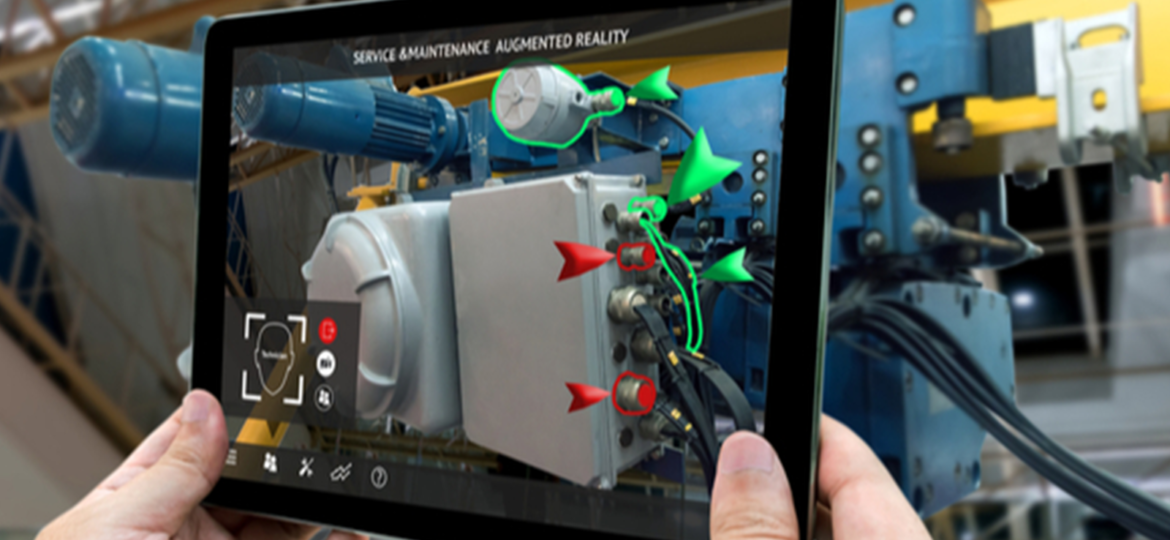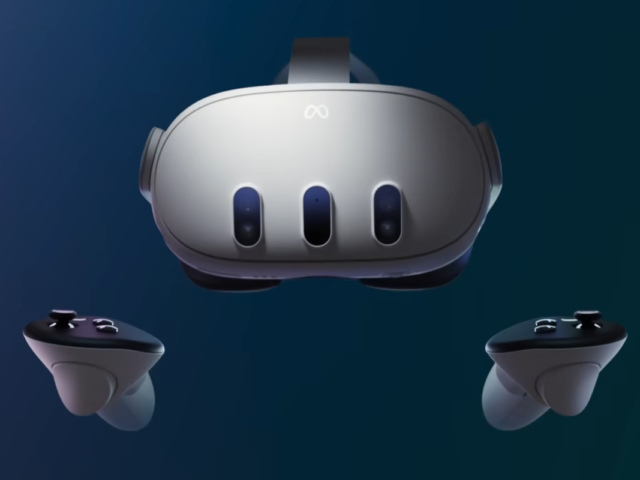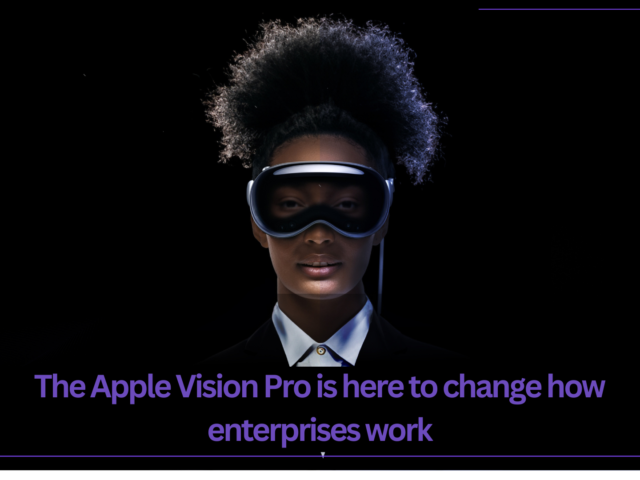
Transforming Education and Training: The Power of AR in Enterprises
Introduction:
In today’s rapidly evolving world, traditional classroom learning is being reshaped by technology, and one of the most promising innovations is augmented reality (AR). AR offers immersive and interactive experiences that can effectively substitute or enhance classroom learning. This transformative technology has found its way into the corporate world, allowing enterprises to leverage AR for education and training their employees. Here’s how:
1. AR for Employee Onboarding:
Employee onboarding is of critical importance for organizations as it sets the tone for how well new hires settle into their jobs. It is necessary to ensure that new hires are equipped with the necessary knowledge and skills, and AR can enhance this process by providing engaging and interactive experiences. For instance, companies can create AR instructional overlays that allow employees to familiarize themselves with the equipment and processes they will be working with. In this way, new hires can be exposed to real-life scenarios and gain confidence before entering the field. For example, a manufacturing company can use AR to train new employees on operating complex machinery. Instead of traditional classroom sessions, employees use AR apps which overlay step-by-step instructions and safety guidelines on the machinery itself, reducing the learning curve and improving efficiency.
2. AR for Skill Development:
Continuous skill development is vital for employees to keep pace with evolving technologies and industry trends. AR provides an immersive learning environment where employees can acquire new skills through hands-on experiences. AR-powered simulations and virtual labs enable employees to practice tasks and procedures without the need for physical equipment or risking real-world consequences. For example, an aerospace company can use AR to train engineers in assembling and maintaining aircraft components. Through AR applications, engineers can visualize 3D models of complex parts, access detailed instructions, and receive real-time feedback on their work, enhancing their technical proficiency and reducing errors.
3. AR for Product Training:
Enterprises often face challenges in training employees on new products, especially when they have multiple variations or complex features. AR offers a dynamic solution by overlaying digital information on physical products, enabling employees to understand product functionalities and operational procedures more effectively. For example, a medical device manufacturer can employ AR to train sales representatives on their latest product line. Using AR applications, sales reps can visualize 3D models of the devices, explore their features, and understand the proper usage. They can even simulate scenarios to demonstrate the product’s benefits to potential customers, enhancing their sales pitch and improving customer satisfaction.
4. AR for Remote Collaboration and Support:
In an increasingly remote work environment, AR facilitates remote collaboration and support among employees. With AR-enabled devices, employees can virtually connect and interact with experts, regardless of their physical location. This capability allows for real-time troubleshooting, knowledge sharing, and mentorship, eliminating geographical barriers. Field technicians can wear AR glasses and collaborate with remote experts in real-time. The experts can overlay instructions and annotations on the technician’s field of view, guiding them through complex repairs or installations, thereby reducing downtime and improving service quality. Moreover, AR instruction manuals can replace long walls of text in order to make assembly and maintenance faster and easier.
Augmented reality has the potential to revolutionize education and training in enterprises. By substituting traditional classroom learning with immersive and interactive experiences, AR enables employees to acquire knowledge, develop skills, and stay up-to-date with industry advancements. The examples mentioned above demonstrate the practical applications of AR in employee onboarding, skill development, product training, and remote collaboration. As more enterprises recognize the benefits of AR, we can expect to witness a significant transformation in how education and training are conducted, leading to a more skilled and efficient workforce in the future.
Related articles
Get ready for the next generation of immersive experiences! Explore what’s in store with Meta Quest 3, Meta’s latest XR headset. Don’t miss out!
The Metaverse has emerged as a force to be reckoned with in our ever-evolving digital landscape, revolutionizing the way businesses engage their customers. And one arena they have begun exploring in gusto is shopping.
Now, nearly 40 years later, we find ourselves on the cusp of yet another reinvention of the personal computer, once again by Apple. It is speculated that the company will debut its much awaited XR headset at its Worldwide Developers Conference on June 5th.



